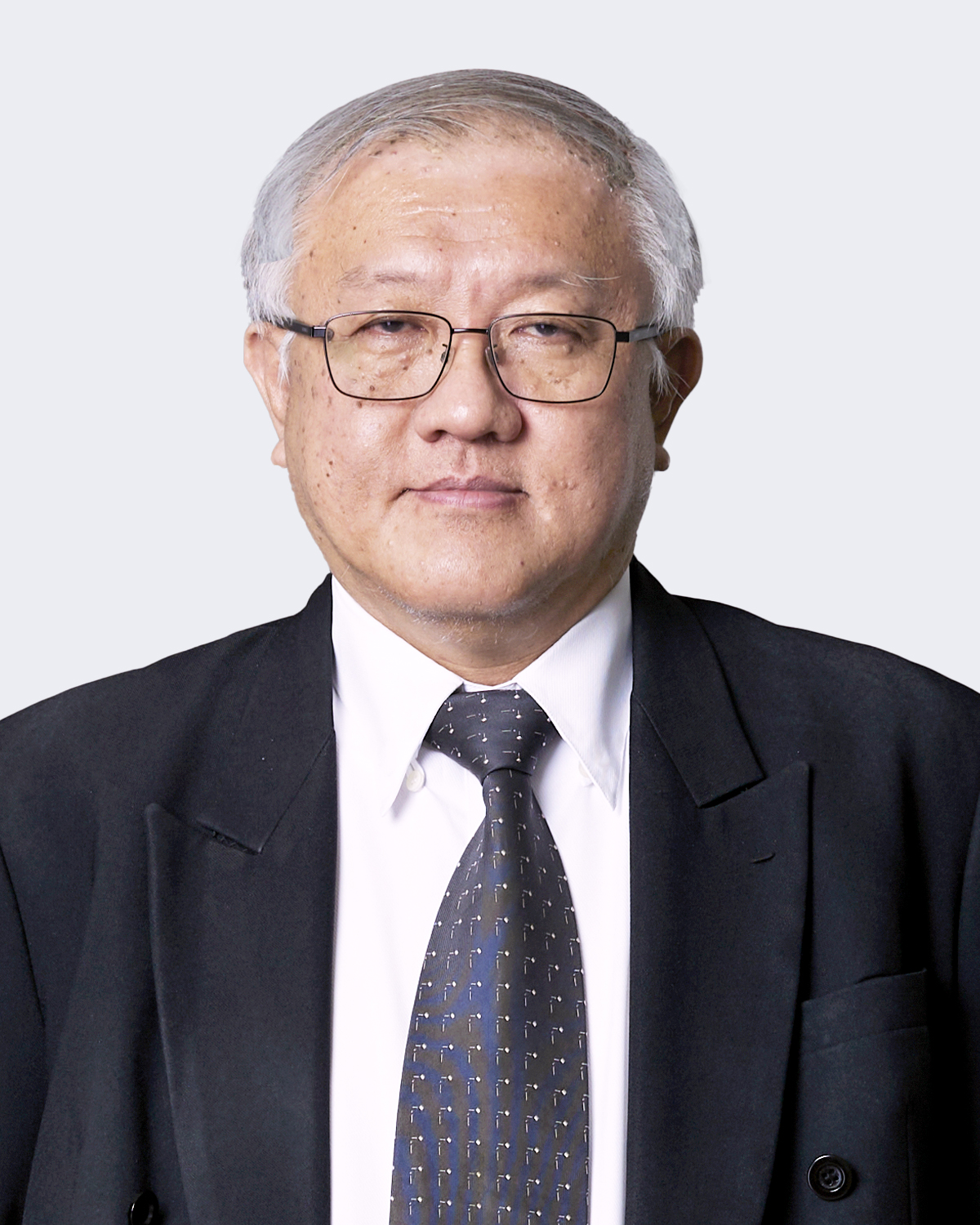On April 28, 2025, a massive power outage swept across the Iberian Peninsula, plunging Portugal, Spain, and parts of southwestern France into darkness for up to ten hours. As Thailand advances its energy transition by increasing renewable integration and regional interconnections, the European blackout serves as a stark reminder of the grid vulnerabilities that still exist.
This article marks the second installment of From Crisis to Clarity, a three-part series analyzing the recent European blackout and its implications for Thailand. In the first article of the series, we examined the root causes of the outage in the Iberian Peninsula. The current article assesses the likelihood of a similar event occurring in Thailand, considering the country’s current energy infrastructure and its increasing reliance on renewables. The third and final article will present key lessons and recommendations that Thailand can adopt to strengthen its energy system and prevent comparable disruptions in the future.
Thailand’s Power Grid
The European power outage has sparked a debate about energy security in other countries, including Thailand. The resilience of a power grid to sudden shocks depends heavily on its “inertia”—a term that refers to the ability of the power system to resist changes in frequency when there is a sudden imbalance between supply and demand. Inertia is typically provided by large, spinning generators (such as those in gas, coal, or hydroelectric power plants) that physically store energy in their rotating mass, helping to stabilize the grid during disturbances.
Thailand’s power grid is structurally different from that of Spain and Portugal, but it is not immune to large-scale outages. The Thai grid is centrally managed by the Electricity Generating Authority of Thailand, supported by the Metropolitan Electricity Authority of Thailand and the Provincial Electricity Authority of Thailand. This centralized structure allows for more controlled grid stability, but it also means any major transmission failure could have widespread consequences.
Thailand’s current energy mix is still dominated by gas-fired generation, which provides a degree of inertia and stability. However, as Thailand moves toward greater adoption of renewable energy, the risk of similar incidents could increase if the grid is not properly adapted to accommodate the higher proportion of intermittent energy sources. The latest Power Development Plan for 2024–2037 sets an ambitious target for renewables to account for 51% of total electricity generation capacity by 2037, with a focus on increasing solar, wind, and biomass. While these energy sources are crucial for meeting climate targets, their variable nature introduces new challenges in balancing supply and demand, requiring more advanced grid management and flexibility.
In addition to domestic changes, Thailand is increasingly connected to its neighbors through the ASEAN Power Grid initiative, which seeks to interconnect the electricity systems of ASEAN countries. Thailand already imports significant amounts of hydropower from Laos, while cross-border exchanges with Malaysia exist, though at a smaller scale. Projects to enhance interconnections with Cambodia and Myanmar are underway, aiming to boost regional power trade and energy security.
While regional interconnections provide economic and environmental benefits, they also increase the complexity of grid operations. The European blackout showed how interdependent systems can amplify local faults into wide-area blackouts when coordination and real-time responsiveness are insufficient.
To ensure long-term energy security, Thailand must proactively strengthen its grid infrastructure, enhance real-time coordination mechanisms, and invest in technologies that can support a high share of renewable energy within an increasingly interconnected regional power system.
Look next week for the third article in the series: “Key Takeaways for Thailand from the European Blackout.”



